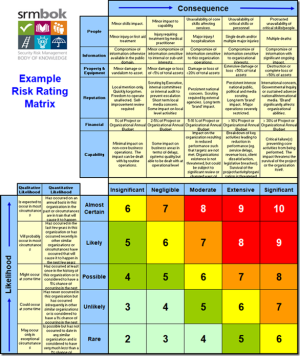Originally posted on September 5, 2022 @ 4:35 PM
Continuing our series on Safety Myths – see them all here
There’s no doubt about it, Safety loves the linear in-out binary box. This is not just manifest in the swindle swiss-cheese but in many other safety myth models eg. The Bow-Tie that perpetuate the mythologies of certainty, control, order, linear truth and denial.
Like many safety semiotic models, the bow-tie was developed by engineering in the 1970s, probably from Shell. You’ve got to hand it to engineers and tier one companies, they sure don’t know Semiotics and are experts at creating bad myths.
The bow-tie is premised on the myth of in and out metaphor, and never mentions persons. Once again engineers have invented a semiotic model about objects, barriers and the control of objects. This is a classic example from https://www.juliantalbot.com/post/risk-bow-tie-method: Figure 1. Bow Tie.
Figure 1. Bow Tie.
How fascinating to discuss risk with no mention of persons, ethics, decision making, culture, Socialitie, Mentalitie etc and with the overlay of the infamous swiss-cheese says it all.
Same old Mentalitie with no declared methodology and a false consciousness in method, that is NOT a method. Yep, that’s Safety.
Only safety engineering could make up a model so useless and delusional under the myth of control, and never mention persons.
Myths create their own symbolic reality and are then believed as fact, when all they are is a representation of someone’s (an engineer’s) philosophy.
Life and events are not in and out, neither are events linear, neither are events about objects, barriers, threats or opportunities. How much gobbledygook language can one speak to ensure there is no conversation about persons?
The worst aspect of the bogus bow-tie myth is that it boasts about ‘advantages’, when there are none. All of this is projection and attribution, including the nonsense that this is a method. Let’s have a look at some of the sub-myths:
- The model is not a method so it is not repeatable.
- It is not integrated into work but pulls away from persons undertaking work as do all models.
- It is not causal because as yet another linear engineering model it is NOT relational.
- It is not a system; it is just a model.
- It is not a visual model that enables an understanding of events as messy, random and ‘wicked’.
- It is not a methodology but rather hides a methodology and as such doesn’t align with any methodology that is relational, interactive, existential, dialectical or social.
- It involves no reflection on human judgment and decision making and so, doesn’t align with any interactive model of risk assessment.
- The model is built on the idea of hazards, barriers and controls (like the swiss-cheese) and has no structure or method to investigate cultural, social, phenomenological or semiotic events.
- The model doesn’t help build scenarios because real scenarios are human, messy and infused with moral, ethical and political realities that receive no mention in the bow-tie model.
- The bow-tie has no ability to draw attention to vulnerabilities because it is premised on blind certainties built into the model itself as if some idea of certainty is provided by the linear model.
- It offers nothing flexible or conversational for an audit and never defines the most important aspects of any event: context, persons, unconscious decisions, heuristics, relationships, language and social influences.
When we look at the claims made against this model, none of these claims are true or include evidence against such claims. However, once a semiotic model is made myth no evidence is needed.
The best thing to do is to dump such models as the bow-tie because they are dangerous and unhelpful. You would be much better off with a blank piece of paper, skills in open questioning and a good listening skills. These are the skills offered in SPoR (https://safetyrisk.net/understanding-the-social-psychology-of-risk-and-safety/ ).




Brian Bartal says
I agree. And am proud to have partnered with some of the most brilliant data scientists in the world to create a predictive analytics model leveraging machine learning with 30 unique dimensions of data translating to 508 individual data points to create the three models we refresh twice daily. With the model adding to the original 265 “training” events reviewing itself weekly, deleting itself and replacing the prior model when the accuracy and the precision of the model demonstrate improvement, we are proud of our exceptional ability to now identify real risk in our business!
Admin says
You only refresh twice daily?
Rob Long says
Brian, there is no such thing as machine learning, its a myth. Without emotions, an unconscious and a body, there is no learning, just the shifting of algorithms.
Similarly, the myth of prediction.
I wonder what the data says about how people ‘feel’ into decision? I wonder what the data says about the unconscious?
Admin says
I simple binary logic gate is all that is required – choose safety – yes or no